The PNW Range Composite is the budget friendly sibling of the brand's Loam pedal. Through testing, the pedals have proven to be a reliable bang-for-buck option as grip, feel and durability are excellent. The shape, however, won’t suit everyone and the pins are tricky to replace if bent.
- Buyer's guide to mountain bike and gravel shoes - a beginner's guide to flat and clipless options
- PINND CS2 Flat Pedal Review
- Best mountain bike pedals - what's best, flats or clips?
PNW Components Range Composite pedal - Technical details
The Range joins PNW Components' pedal lineup, offering a cheaper alternative to the well-reviewed Loam alloy pedal, the brand's best MTB flat pedal. What set these apart, mainly, is the 10.6x11.6cm (at the longest edges) glass-fibre-reinforced nylon composite pedal body. It spins on a slightly different axle, which employs a bushing on the inner of the pedal, rather than a fat cartridge bearing as seen on the alloy counterpart.
A single cartridge bearing and a roller bearing join that bushing and boosting the Range’s lifespan is the fact that it’s fully serviceable with bearing and pin kits purchasable from PNW’s website.
The 22 steel pins aren’t quite as clever as what we saw on the Loam. This time, they’re not adjustable and you’ll have to wind them out through the back of the pedal, rather than forward through the face. This means that you’ll likely have a tricky time removing a pin if you were to damage one and they're pretty bendy on this pedal. Before winding the damaged pedal through, you'll need to get handy with a saw and cut the bent portion off before removing the rest of the pin.
PNW Components Range Composite pedal - Performance
Pins aside, the Range has seen an awful lot of bangs and scrapes during my time with them (with a 1.8cm thickness) and still feel as good as the day I took them out of the box, though the pins have certainly seen straighter days. While there’s definitely a scratch here and there, I’m yet to find any cracks or more serious damage, so I can absolutely vouch for the durability, considering the abuse they've been through.
On the bike, I found the PNW Components Range Composite pedal to be reasonably comfortable with my foot in the correct spot. Because the pins aren’t incredibly tall (and not as tall as those on the Loam), it allows your foot to rest properly on the body of the pedal. Not only is this comfortable but it’s massively supportive, allowing the foot to wrap around and hug the pedal. Though, the pins are just about tall enough to provide all of the grip you could ever need.
Boosting that supportive feel further is the shallow convex shape. Again, this isn’t for everyone but it made my foot wrap around the pedal while forcing the pins deeper into my shoe’s sole.
As this pedal follows an almost identical shape to its pricier sibling, it carries the very same downside. It’s a shape that I don’t really get on with (ignoring the convex platform) as I ride with my feet somewhat far from the cranks. Because the shape tapers towards its outer, the pedal is effectively smaller towards its outside edge and I’m unable take advantage of the full support that the Range can offer. However, for the grip that the pedal can rustle up, and considering its price, it’s a small gripe.
PNW Components Range Composite pedal - Verdict
Straight out of the gate, the Range’s value for money is hard to ignore. Compared to the DMR V11, another nylon-bodied flat pedal, they hold up incredibly well while costing £10 less. The V11 grips and supports well but its pins need a female Torx bit to fettle with; something that’s not on every multitool. The V11, however, will suit those who prefer concave pedals and more traditional shapes.
At the same £40 price point, there’s the Syncros Flat Squamish III pedal… Well, it’s 92p cheaper at this time of writing this review. With a nylon build, nylon pins, and perhaps an even stranger shape, Syncros’ offering sadly struggles to hold up against the PNW Components Range.
While the Range lacks some of the mod-cons of the Loam pedal, there’s no hiding that its performance is nothing short of impressive for this asking price. If you’re on a budget and want a fully serviceable pedal that’s mega grippy and you think you’ll get on with the shape, you’ll be silly not to consider the PNW Components Range Composite pedal.





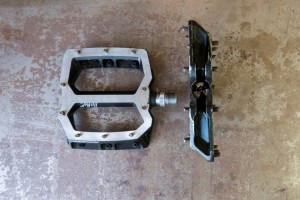
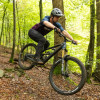
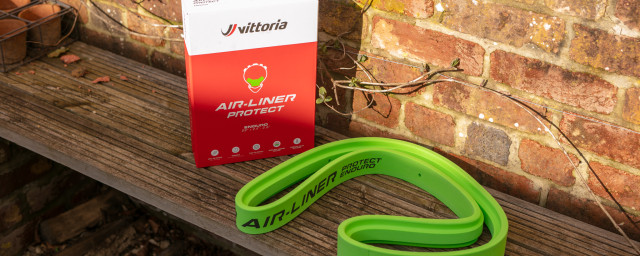
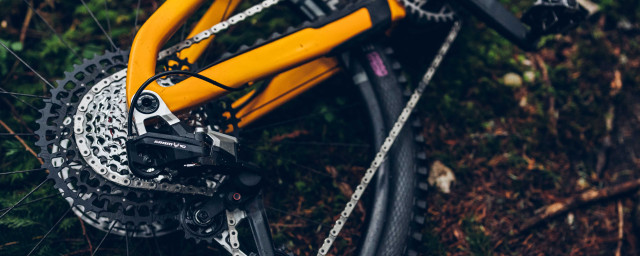



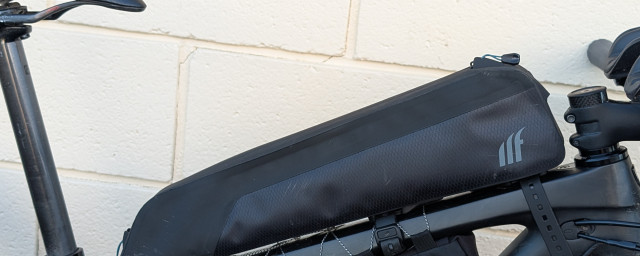
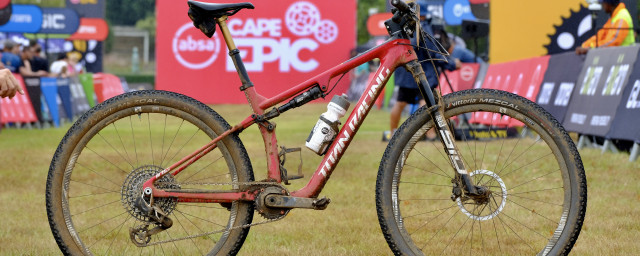
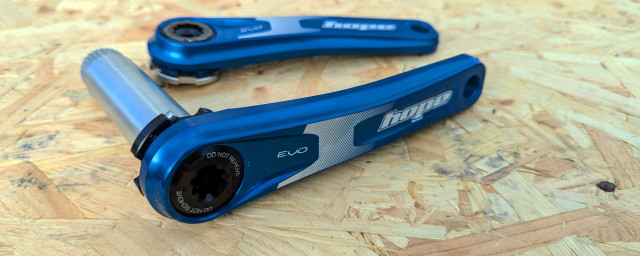
Add comment